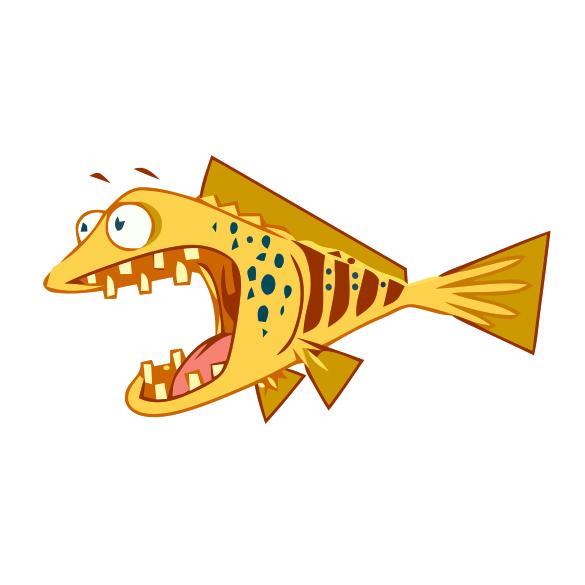Crazy Facts About Marine Fish

I like to read about marine fish. I also enjoying watching shows like Dicovery Channel's The Blue Planet series. That TV series in particular provided an amazing looking into the world of marine fish. Each book and show seems to have a few interesting tidbits of trivia that I've collected into this article. I think some of these facts really are crazy.
Fish in the deep seas are able to detect concentrations of chemicals as weak as one part per quadrillion — put into understandable terms, this is about the same as being sensitive enough to detect a balloon in North America.
Prey fish often respond to the presence of fish predators by approaching them. They can then detect subtle chemical cues that tell them when the predator last ate (and therefore whether it is hungry) and what type of fish the predator has recently been preying on, all of which tells the prey how much of a threat the predator really represents.
The total number of fish species that either live on the coral reefs, or are associated with them at some point during their lives, is estimated at between 6,000 and 8,000. Put another way, that is well over one-third of all the known fish species in the world in a habitat that occupies less than 1% of the world's seas.
Human color vision is provided by three different visual pigments in our eye's cone cells. Our eye compares what it sees to these three reference points and, from this, our brain tells us what color we are seeing. In comparison, mantis shrimps have eight different visual pigments to provide their color vision — they can see colors that we cannot even imagine!
Reef fish can memorize landmarks in their habitat and retain the memory for anything up to six months without it being reinforced. They can also remember other individual fish for considerable periods; experiments suggest that individual recognition can persist between fish that have not encountered each other for more than a month.
The internal organs of pufferfish, especially their livers and ovaries, contain a powerful neurotoxin called tetrodotoxin, which is 1,200 times more potent than cyanide. The amount produced varies by species; some produce sufficient amounts to kill 30 humans.
Some fish species form huge schools, such as the grey mullet in the Caspian Sea, whose schools may extend for an incredible 60 miles (100 km).
The fish with the shortest lifespan is the pygmy goby (Eviota Sigillata), found on the Great Barrier Reef. It lives for no more than two months, only about three weeks of which is spent as a mature adult.
Pearlfish actually shelter inside sea cucumbers. This was once thought to be an innocent lodging arrangement, as the fish eats mainly small fish and crustaceans, but more recently it has been suggested that the lodger grazes on its host while hiding within.
A study into the intensity of fish foraging showed that each square foot of exposed coral reef is pecked or bitten by fish over 100,000 times every single day.


 (2 votes, average: 4.50 out of 5)
(2 votes, average: 4.50 out of 5)
The Blue Planet was actually made by the BBC. Discovery just bought it from them.